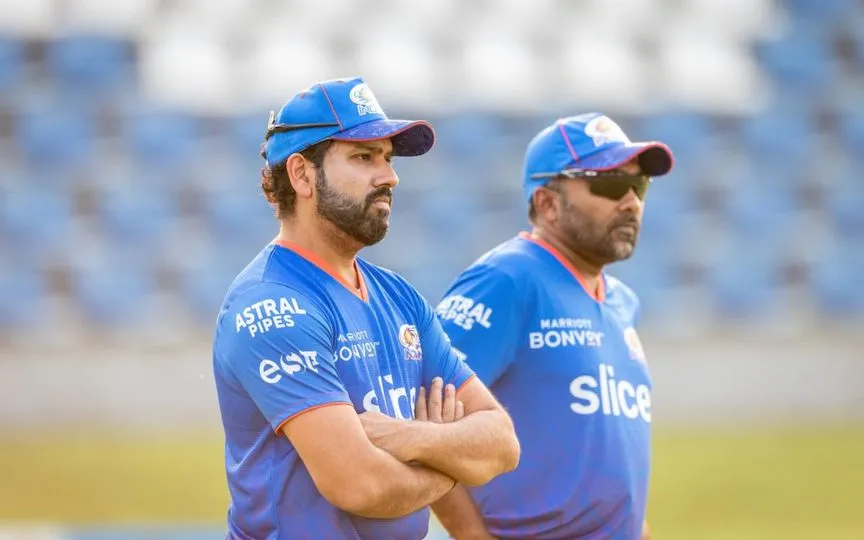![Heinrich Klaasen [Source: @mufaddal_vohra, @saintkishore/x.com]](https://onecricketnews.akamaized.net/parth-editor/oc-dashboard/news-images-prod/1748861548478_heinirch_klaasen_bcci.jpg?type=hq) Heinrich Klaasen [Source: @mufaddal_vohra, @saintkishore/x.com]
Heinrich Klaasen [Source: @mufaddal_vohra, @saintkishore/x.com]
Heinrich Klaasen's retirement from international cricket at 33 has sent shockwaves through the cricket world. The South African wicket-keeper's premature exit exemplifies a dangerous trend - quality players abandoning international cricket due to financial pressures stemming from the ICC's heavily India-favored revenue distribution model.
The Klaasen Case: When Boards Can't Afford Their Stars
Klaasen's retirement wasn't about form or fitness. Despite boasting a strike rate of 151.12 across 247 T20s and being one of cricket's most feared finishers, Cricket South Africa excluded him from their 2025-26 central contracts. The reason? His T20 league commitments conflicted with national duties.
CSA's decision reflects a harsh reality: they couldn't compete financially with franchise cricket. Rather than lose him entirely to league commitments, they effectively forced his international retirement. Similar patterns emerge with Martin Guptill and Trent Boult opting out of New Zealand contracts.
The Revenue Reality: India Takes 38.5%, Others Fight for Scraps
The ICC's current model awards India's BCCI a staggering 38.5% of annual earnings – approximately ₹1,935 crores out of ₹5,050 crores total. England receives just 6.89% (₹348 crores), Australia gets 6.25% (₹316 crores), and Pakistan 5.75%. The 90+ Associate Members combined share merely ₹568 crores annually.
This creates a massive financial hierarchy where the highest-earning captain makes nearly 20 times more than the lowest-earning captain.
Financial Struggles of Smaller Boards
The revenue disparity directly translates to salary gaps. Indian players in the top grade earn ₹7 crores annually, while South Africa's captain Temba Bavuma earns approximately ₹2.35 crores. Pakistan's top players make around ₹1.36 crores annually.
Board revenues tell the story - New Zealand Cricket earned only ₹76 crores in 2025, West Indies ₹126 crores, and Sri Lanka ₹168 crores. With such limited resources, boards like CSA cannot offer competitive packages to retain stars like Klaasen.
The Franchise Alternative: Where the Money Is
The IPL generates over ₹50,500 crores annually, with top players earning ₹25+ crores – more than most international players earn in their entire careers. Heinrich Klaasen commands premium prices across multiple T20 leagues worldwide.
This financial gap explains why West Indies stars Sunil Narine and Andre Russell lost central contracts for prioritizing T20 leagues over national duty. The same economics that drove Klaasen's retirement are affecting players globally.
A Warning for Cricket's Future
The BCCI's dominance isn't unfounded – they contribute the majority of cricket's economy. However, former ICC officials and cricket associations have warned that such heavy dependence on one country threatens competitive balance.
Without reform, cricket risks becoming a two-tier sport where only India can retain top talent, while others lose stars like Klaasen to the franchise circuit. The 33-year-old's retirement may be the first of many premature exits unless smaller boards receive more equitable revenue shares.


.jpg?type=mq)


